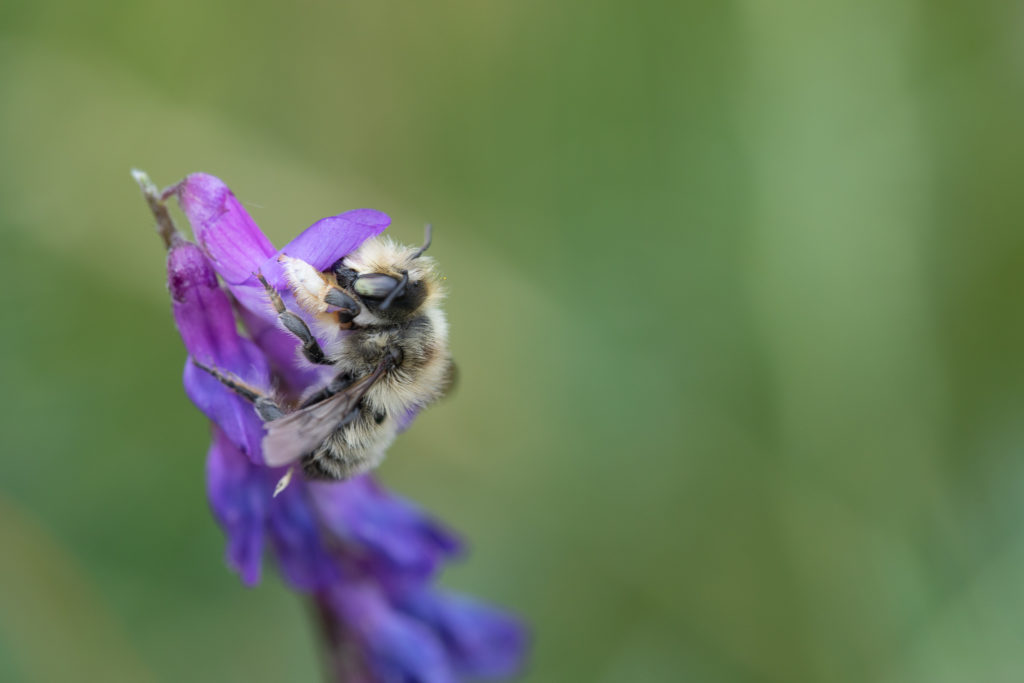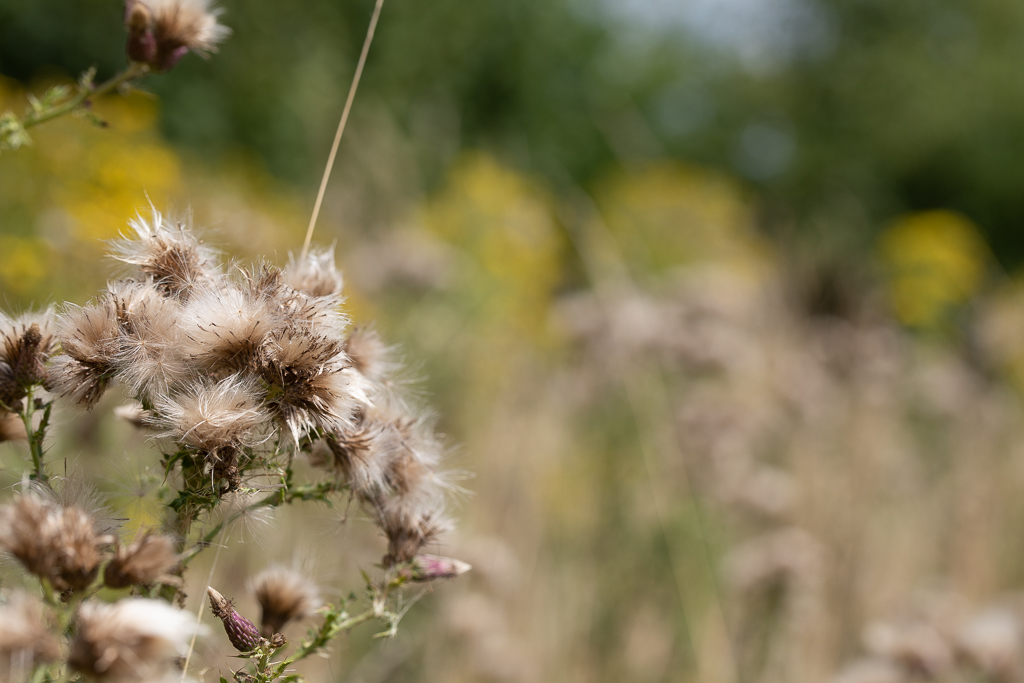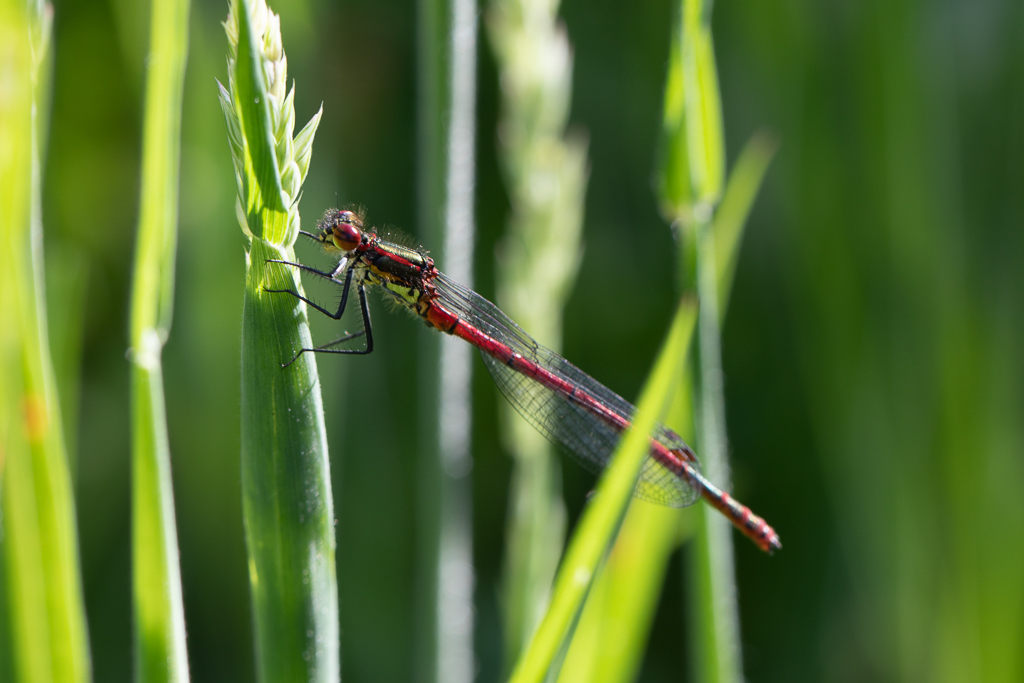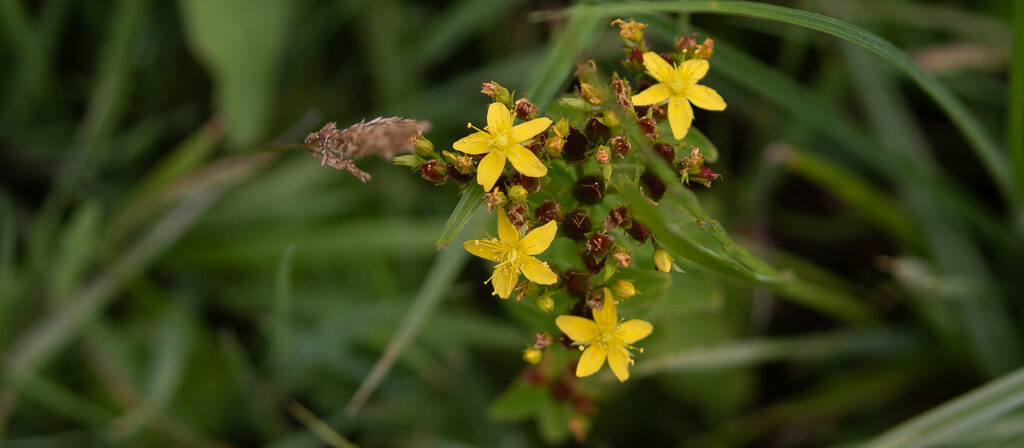
Created to celebrate a decade of work by the Friends of Longrun Meadow, this video features flooding, litterpickers, wildflowers, flies, beetles, songbirds, birds of prey, one reptile, hedgelayers, snow, the willow cathedral and more…
Read MoreLongrun Meadow Conservation Volunteers
The Longrun Conservation Volunteers are a group of passionate local individuals who enjoy working outdoors to create a vibrant and engaging green space. Our efforts focus on enhancing the biodiversity of Longrun Meadow by developing and maintaining various wildlife habitats. We also enjoy lively discussions about current events!
During the winter months, we lay hedges to create continuous corridors for wildlife. Additionally, we plant whips (small trees) to fill gaps in the hedgerow, adding more variety. Among the tree groups planted when Longrun was established, we’ve introduced apple trees for human foraging. In early spring, we maintain the willow cathedral by weaving in the previous year’s growth, transforming it into a self-supporting structure. We’re also creating a wildflower meadow in Cathedral Field, which will not only enhance the beauty of the area but also attract more insects, birds, and mammals.
Our general maintenance tasks include pulling ragwort and Himalayan balsam, clearing paths, picking up litter, and preventing trees from encroaching on field areas.
We meet most Thursday mornings at 10am for a couple of hours. For more information or to join us, email Helen: info.longrunmeadow@gmail.com.
Grassland
The grassland constitutes the largest portion of the meadows. Previously used for growing crops, this area currently has a limited variety of plants. Our goal is to increase the presence of native wildflowers by managing most of the area as a hay meadow. Typically, the grass is cut in mid to late July or August, depending on the weather, then baled and removed once it has dried to be used as animal feed. This hay-making process allows seeds to fall back into the soil and prevents the buildup of dead vegetation, which can inhibit seed germination and increase soil nutrients. Low nutrient levels in the soil help native wildflowers thrive by limiting the growth of faster-growing grasses.
In 2015, Willow Cathedral Field was sown with native yellow rattle, a plant that feeds on grass roots, reducing their energy and allowing other plants to grow. Other native wildflowers, such as selfheal, bird’s foot trefoil, ox-eye daisy, and common knapweed, have also been added over time.
The meadows support a variety of butterflies, including meadow browns and ringlets, which feed on grasses. Recently, brown argus butterflies have been observed, likely feeding on the small pink flowers of dove’s-foot cranesbill. Increasing the number of wildflowers is expected to further enhance the diversity of butterflies and other insects.


The River Tone, Ditches, and Ponds
The River Tone marks the northern boundary of Longrun. During heavy rain, it overflows, causing parts or all of the meadow to flood. The ponds to the west are designed to hold some of this overflow. The river serves as a major wildlife corridor through Taunton, with fish such as brown trout and chub often seen when the water is clear on sunny days. Otters also use the river through the centre of town, though their presence is usually indicated only by their spraints (droppings).
The ditches that cross Longrun are typically dry for much of the year, making them less suitable for wildlife. The largest pond is surrounded by tall trees. The Friends aim to enhance the pond and ditches for wildlife by retaining water longer and increasing light exposure. However, this work will require funding and permission from the Environment Agency.
Dragonflies, such as the large, bright blue emperor dragonfly, can be seen hunting across the meadows, and banded demoiselles with their distinctive dark wing patches are often spotted along the river. Numerous small ‘blue’ damselflies, including common blues and azure blues, are also present, though identifying them requires a closer look.
The majority of the mature trees are on the edges of Longrun, notably the alders along the river banks, but also the big ashes and oaks along the boundary with the College. Woodland has been planted in clumps, mainly of willow and hazel, of which the former has early catkins and is an important nectar source for insects. Mixed woodland including oak and ash has also been planted in blocks, along with a few apple trees. the woodland is still in the sapling stage, and as it matures the bird life will change with it. We may coppice (cut down and allow to regrow) some areas to create mix of woodland heights and ages benefitting a range of wildlife by diversifying the habitat.
The main hedges run across the meadow and have ditches either side of them. Some of them have large amounts of elm, which unfortunately may succumb to dutch elm disease. The Longrun Meadow Conservation Volunteers have put together a programme of traditional hedge-laying which with luck and good timing should limit the effect of the dutch elm disease. A few years after the hedge is laid it becomes thick and bushy. In the winter time flocks of fieldfares and song thrushes use them to feed on and provide resting places.

Longrun Meadow have developed a series of wildlife information sheets to support your exploration of our meadows. Print them out and go and see if you can find any of them. If you have any photos of other wildlife taken on the meadow, then please share them with us on Facebook or Twitter.

Created to celebrate a decade of work by the Friends of Longrun Meadow, this video features flooding, litterpickers, wildflowers, flies, beetles, songbirds, birds of prey, one reptile, hedgelayers, snow, the willow cathedral and more…
Read More
As part of a larger, collaborative project called Hedges and Edges, Longrun Meadow aims to create 150m of new hedge this autumn and winter and create a similar length of ecotones (a graded rise of vegetation from grass through to mature trees) around the planted trees.
Read More
It’s August, the hay is gone, the volunteers are taking a break so what is happening on the meadow?
Read MoreThe Friends of Longrun Meadow have been working with Somerset Wildlife trust to produce a ten year management plan for Longrun Meadow. This plan provides details of how each habitat, such as hedgerows, grassland, pond and ditches and trees and woodland, should be managed over the period.
The Longrun Meadow management plan is available for download.